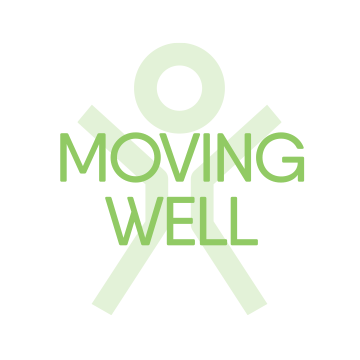4 Ways To Improve Your Daily Walk

Science Shows Walking is The Way to a Healthy Heart. Follow These Tips to Get The Most Out of Your Exercise
If a daily walk is part of your exercise regimen, then you’re already ahead of the curve! But are you walking the right way?
Pick Up The Pace
The type of walking that I recommend for getting the maximum health benefits, is brisk walking. That means a pace of around three to five miles per hour ideally (a 12- to 20-minute per mile pace). Judging by your breathing, you should walk at a pace that’s intense enough so that you can carry on a conversation, but you should not be able to sing. If you can sing a song, stop singing and pick up your pace.
Break It Up
Of course, to get the same distance walking as running takes nearly twice as long. Since walking in several short sessions has the same or greater benefits as one long walk each day, one great strategy is to break your daily walks up into several sessions.
Walk Before And After Meals
Walking in the morning before breakfast is my favorite way to start the day, rain or shine, light or dark. I like to think of a morning walk as something that takes no net time, because even if I’m investing 20 or 30 minutes walking, my productivity boost over the next two to three hours makes up for the time spent walking.
The time after lunch and dinner is also a prime opportunity to add some walking to your schedule. Walking after a meal helps reduce the spike in triglycerides that typically follows a high-fat meal, according to a study performed in Kyoto, Japan.
Take It Outside
While all walking seems to show benefits, I believe that walking outside, especially in green spaces like parks and trails, has additional benefits. Trees clear the air, and the air even just a few meters inside a park can be cleaner than the air in the busy streets around its borders. The sight of trees and nature can also clear your mind.
What do you do to make your daily walks more interesting?

